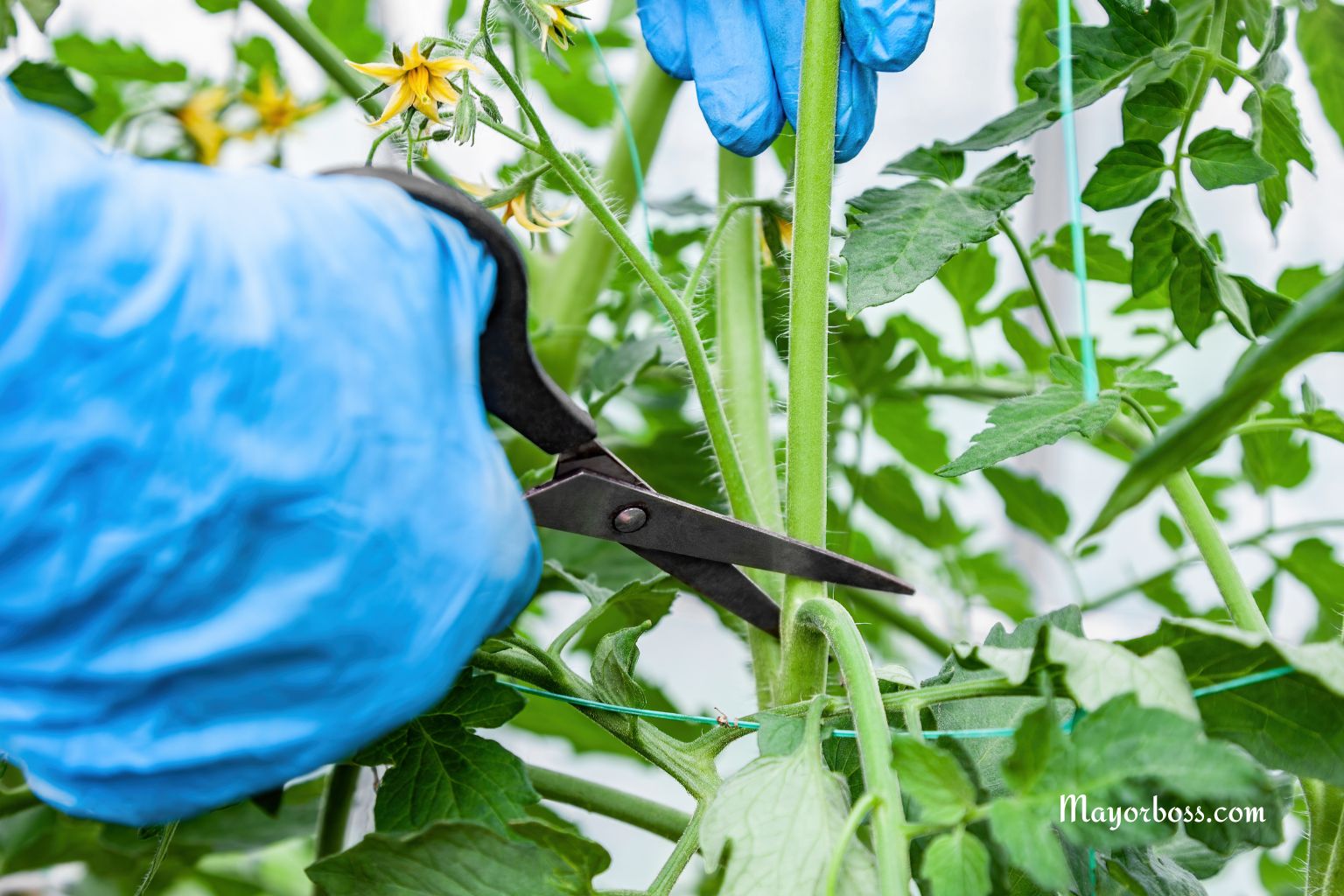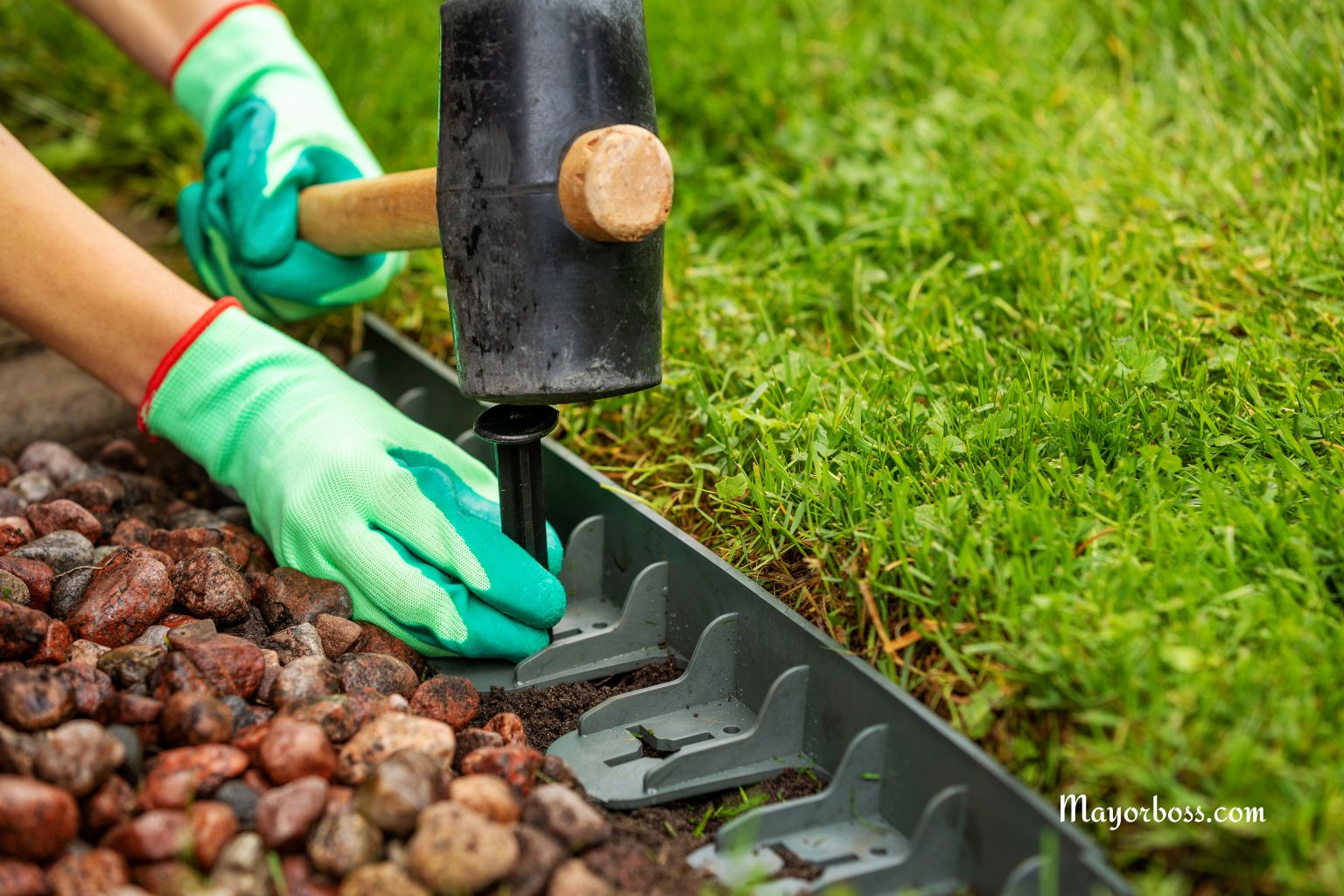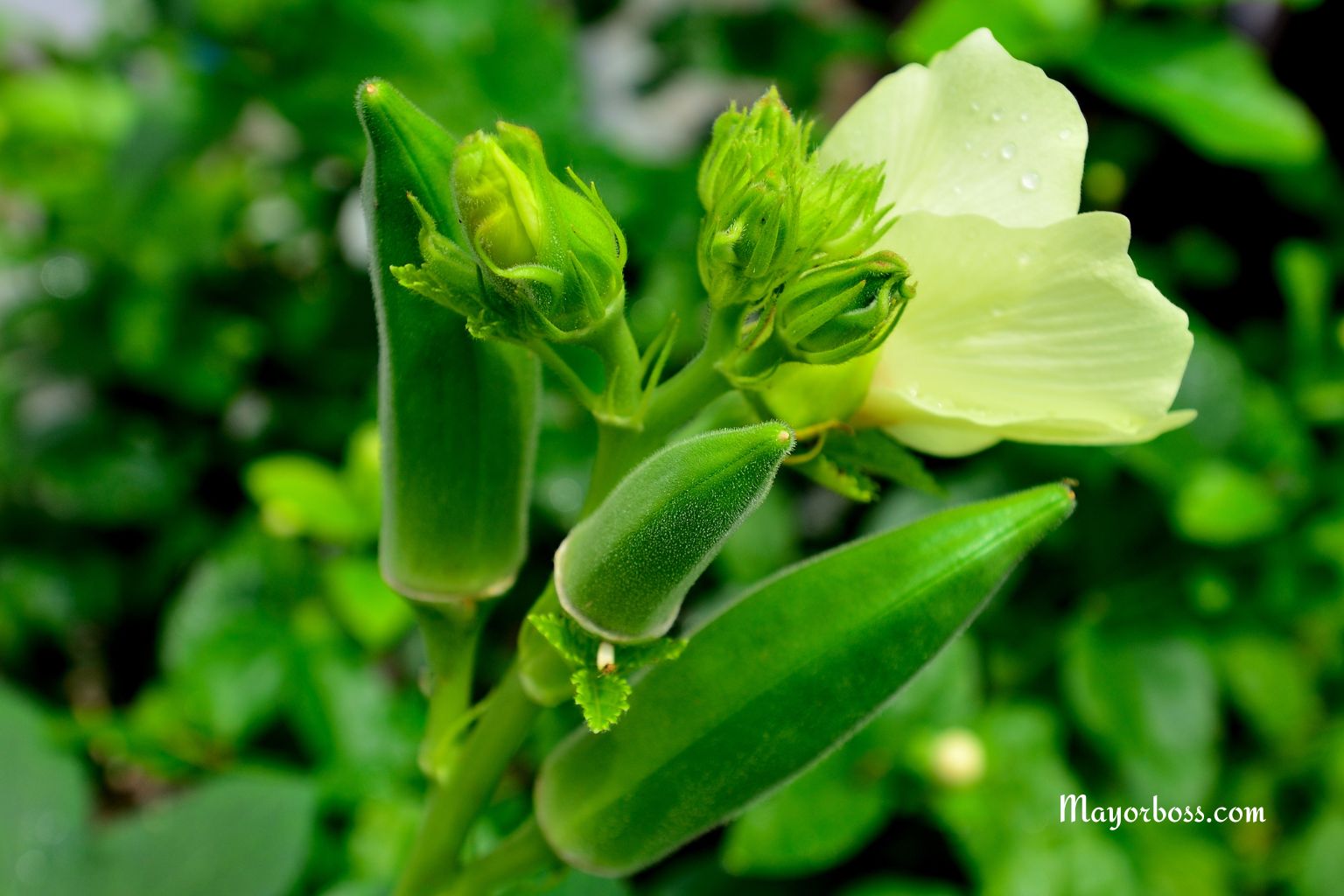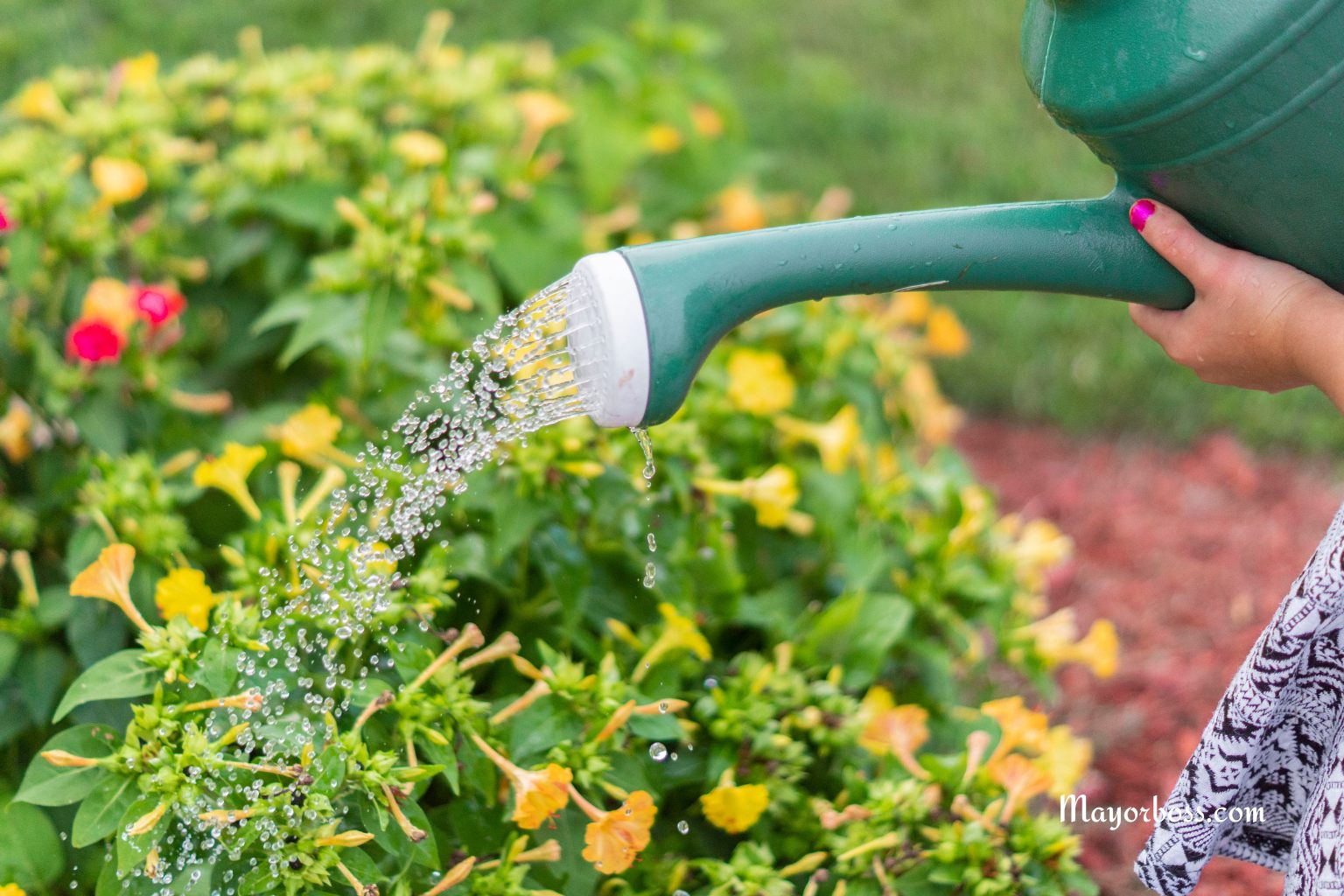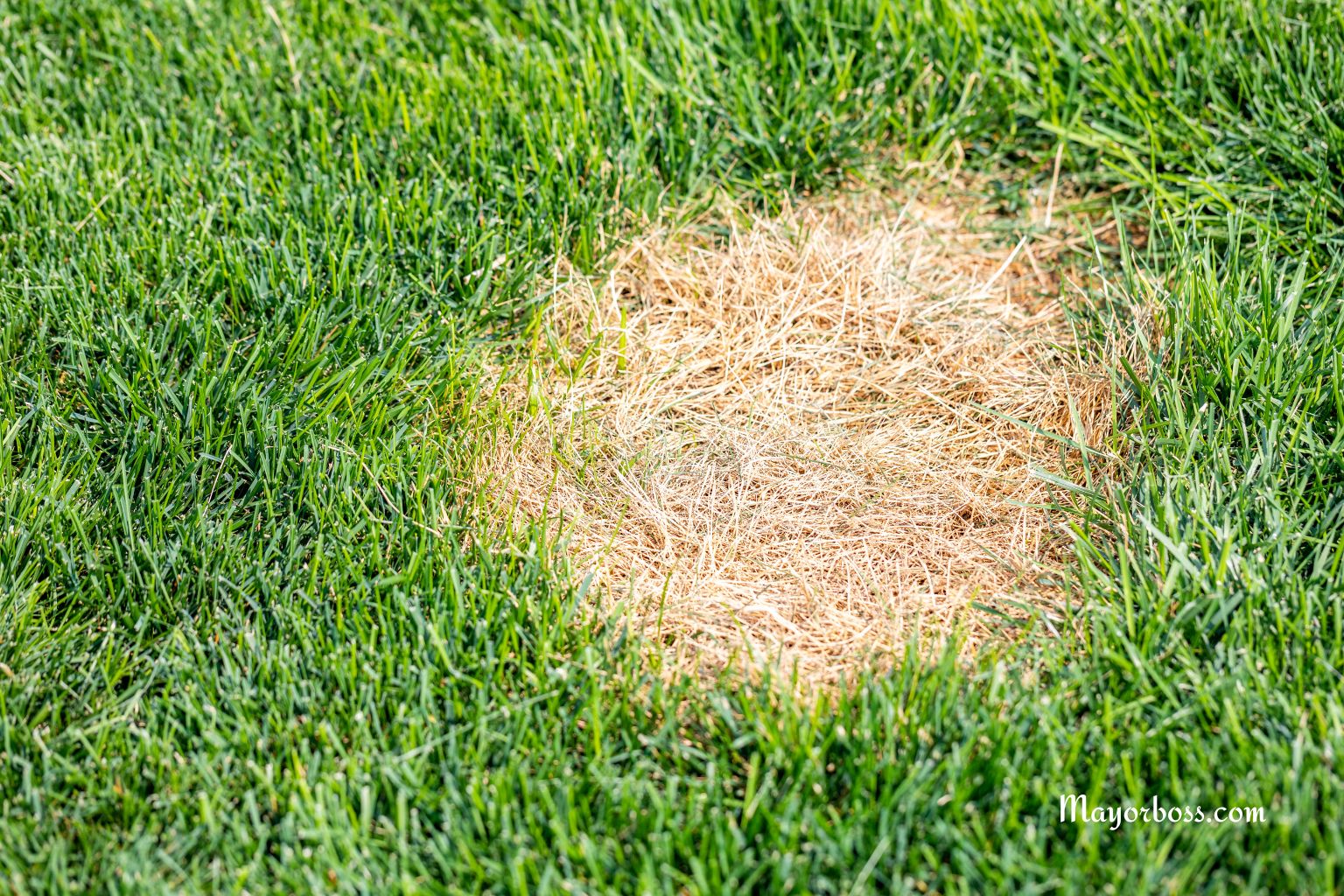How to Use Wood Ash to Fertilize Cucumbers for a Bountiful Harvest
Wood ash is a natural fertilizer rich in calcium, potassium, and phosphorus that can help cucumbers grow stronger and produce more fruit. Apply it after the first true leaves appear, at the start of flowering, during fruit formation, and then every two weeks for best results.

If you want healthier, more productive cucumber plants, wood ash can be an excellent addition to your gardening routine. Wood ash is what remains after burning untreated wood. It’s a natural, eco-friendly fertilizer packed with minerals that cucumbers need to thrive.
Let’s look at what makes wood ash special for your garden. It contains up to 40% calcium, about 12% potassium, and 6% phosphorus. These are essential nutrients for strong root growth, flowering, and fruit production. In addition, wood ash supplies important trace elements like boron, magnesium, manganese, iron, copper, molybdenum, sulfur, and zinc.
You may notice that wood ash doesn’t contain nitrogen or chlorine. That’s a good thing for cucumbers—while they do need some nitrogen, too much can cause excessive leafy growth at the expense of fruit. Wood ash encourages the growth of beneficial bacteria in the soil that help fix nitrogen naturally.1
In fact, research shows that wood ash not only supplies vital minerals but also improves soil structure and encourages beneficial soil bacteria. These bacteria help release nutrients and make them easier for cucumbers to absorb. Several agricultural studies have found that adding wood ash improves vegetable yield and quality, especially in soils that are low in calcium or potassium.2
When to Apply Wood Ash to Cucumbers
Timing matters if you want to get the best results from wood ash. Fertilizing at the right stages helps cucumbers absorb nutrients when they need them most.
Here’s a simple schedule for feeding cucumbers with wood ash:
- After the first true leaves appear:
This is the first set of leaves that look like mature cucumber leaves. At this stage, cucumbers are ready to take up extra nutrients to boost root development and healthy early growth. - At the start of flowering:
As the plant starts to produce flowers, it uses more energy and minerals. A dose of wood ash at this point supports flowering and helps the plant set more fruit. - During active fruit formation:
When you notice small cucumbers forming, another feeding helps ensure the fruits develop well, grow evenly, and taste better. - Every two weeks through the growing season:
After the first three feedings, you can continue to add wood ash every two weeks. This keeps the soil well supplied with essential nutrients until harvest.
How to Apply Wood Ash to Cucumber Plants
Applying wood ash is easy, but it’s important to use it correctly to avoid harming your plants.
- Spread the ash on moist soil.
Sprinkle wood ash evenly around the base of the cucumber plants, but avoid letting it touch the stems and leaves directly. About one tablespoon per plant is enough for each feeding. - Gently mix it into the top layer of soil.
Use your hand or a small rake to mix the ash into the upper 2–3 centimeters (1 inch) of soil. This helps prevent it from blowing away and allows the nutrients to reach the roots. - Water after applying.
Give your cucumbers a good watering after applying wood ash. Moisture helps the minerals dissolve and reach the plant roots.
Important Tips for Using Wood Ash in the Garden
- Use only clean, untreated wood ash.
Never use ash from charcoal briquettes, painted, treated, or varnished wood, as these can contain harmful chemicals. - Do not overdo it.
Too much wood ash can make the soil too alkaline, which cucumbers do not like. Stick to the recommended amount—about one tablespoon per plant per feeding. - Test your soil pH if possible.
If your soil is already alkaline (pH above 7), limit or avoid wood ash. Cucumbers grow best in slightly acidic to neutral soil (pH 6.0–7.0). - Avoid mixing with nitrogen fertilizers.
Applying wood ash together with nitrogen fertilizers can cause ammonia gas to form, which can harm plants. Space applications are a few days apart.
Common Mistakes to Avoid
- Using too much ash at once
- Applying ash to dry soil or on windy days
- Using ash from treated wood or garbage
- Forgetting to water after feeding
Takeaway
Wood ash is a simple, natural way to feed your cucumbers and help them produce abundant, tasty fruit. Apply it after the first true leaves, at the start of flowering, during fruiting, and then every two weeks. Use clean wood ash in moderation, mix it into the soil, and water well. With the right care, your cucumbers will reward you with a healthy, productive harvest.
FAQs
1. Can I use wood ash on all garden plants?
Not all plants like wood ash. Acid-loving plants such as blueberries, azaleas, and rhododendrons do not benefit from it. Cucumbers, tomatoes, and many vegetables respond well when it’s used correctly.
2. How much wood ash should I use for cucumbers?
Use about one tablespoon per plant for each feeding. Too much can make the soil too alkaline and harm your plants.
3. Can I mix wood ash into my compost pile?
Yes, adding small amounts of wood ash to compost can help balance acidity and add minerals. Avoid adding large quantities at once.
4. Does wood ash help control pests?
Some gardeners use a light dusting of wood ash around plants to deter slugs and snails. However, its main benefit is as a fertilizer.
5. What if I accidentally use too much wood ash?
If you over-apply wood ash, flush the soil with water to help wash away excess minerals. In the future, reduce the amount to avoid making the soil too alkaline.

